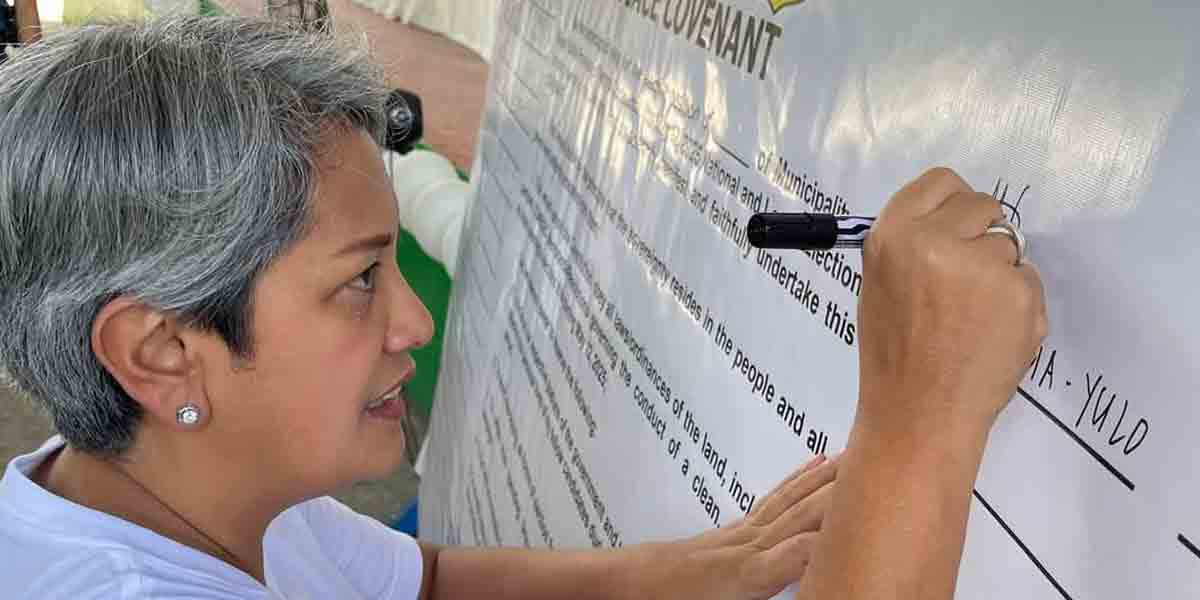By Felipe V. Celino
ROXAS CITY, Capiz – The Paralytic Shellfish Poison (PSP) or red tide toxic is still present in the seawaters of Capiz province.
Based on the recent Shellfish Bulletin No. 23 of the Bureau of Fisheries and Aquatic Resources (BFAR), the seawaters of Sapian, Ivisan, Roxas City, Panay, President Roxas and Pilar are still positive for red tide.
The waters of Dauis and Tagbilaran City in Bohol; Dimanquillas Bay in Zamboanga del Sur; Lianga Bay in Surigao del Sur; Irong-irong and San Pedro Bays in Samar are also positive for PSP toxin.
Earlier, the red tide alert was hoisted over Capiz after 4 out of the 10 shellfish meat samples from different areas were found to be contaminated with Pyrodinium bahamense which causes paralytic shellfish poison (PSP).
According to Capiz provincial agriculturist Sylvia Dela Cruz, the meat samples that were found positive for red tide toxin are from Brgys. Natividad in Pilar, Butacal in Panay, and Barra in Roxas City.
Dela Cruz said the toxicity levels in the said areas are higher than the tolerable level of 60 micrograms/100 grams.
De la Cruz said toxicity at Brgy. Butacal is more than 200 micrograms, 87.11 micrograms in Brgy. Barra, and 276.66 micrograms in Brgy. Natividad.
The provincial government warned the public against harvesting, transporting, selling and eating shellfish in the province of Capiz to avoid being poisoned.
Dela Cruz lamented the effects of red tide on the shellfish industry even as she recommended to higher officials to help shellfish vendors and fishermen.
She could not ascertain until when the contamination will last but she assured that her office will continue monitoring the situation based on their protocol every month.
De la Cruz recalled that the last time red tide hit Capiz was in 2015. At that time, the total ban on the harvesting, selling, and eating of shellfish lasted for three months.
She said that this year’s toxicity levels on shellfish are higher compared to previous years.




















